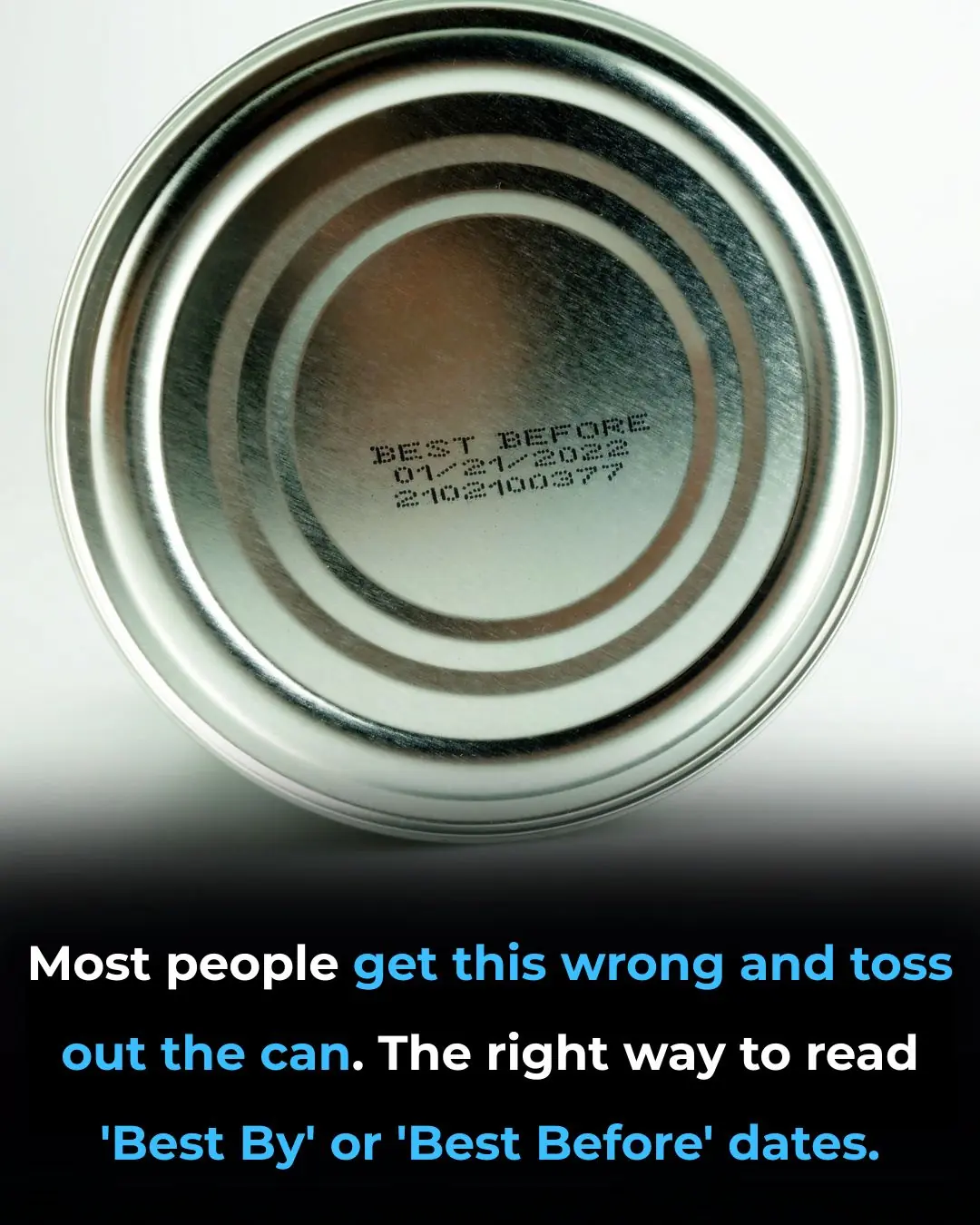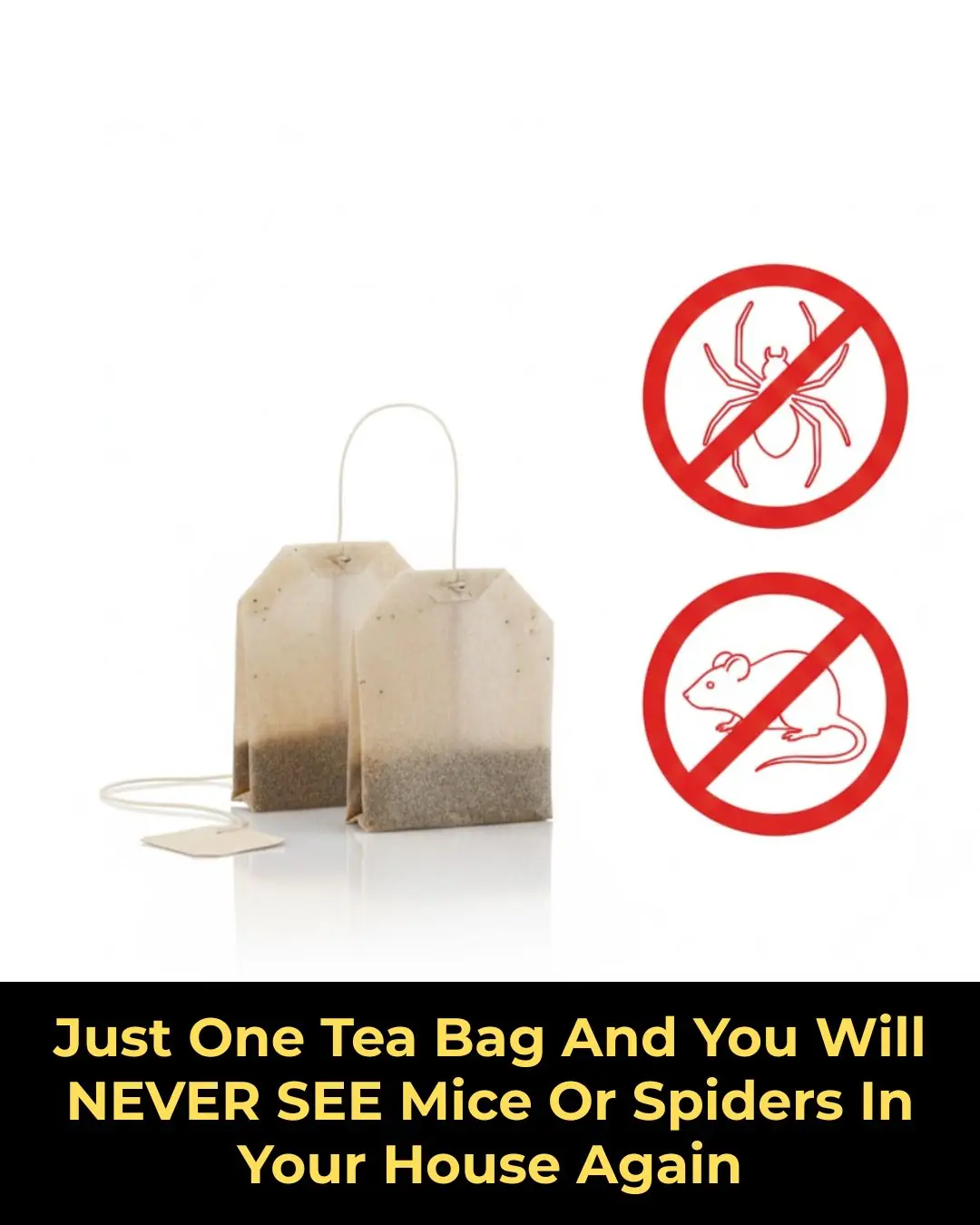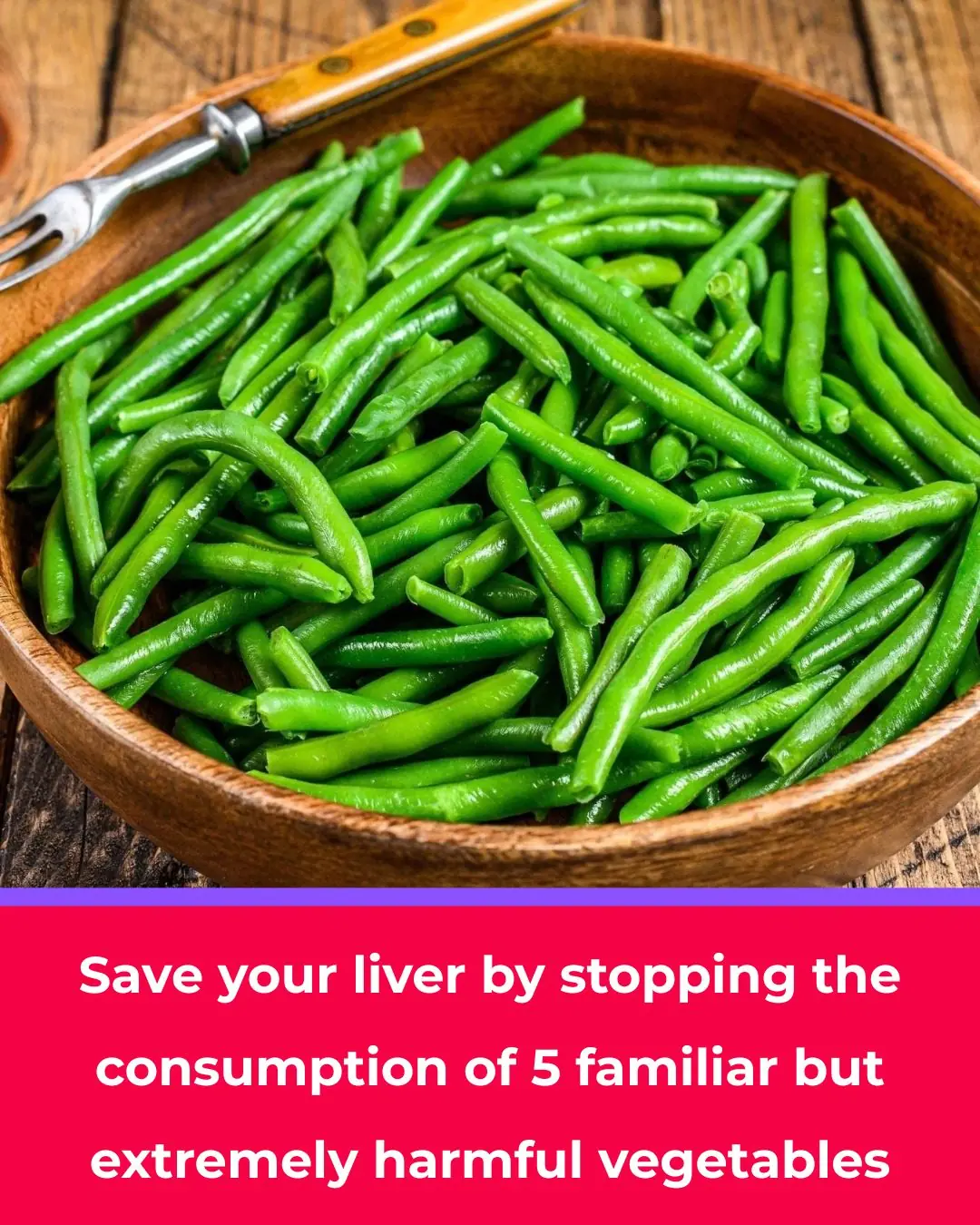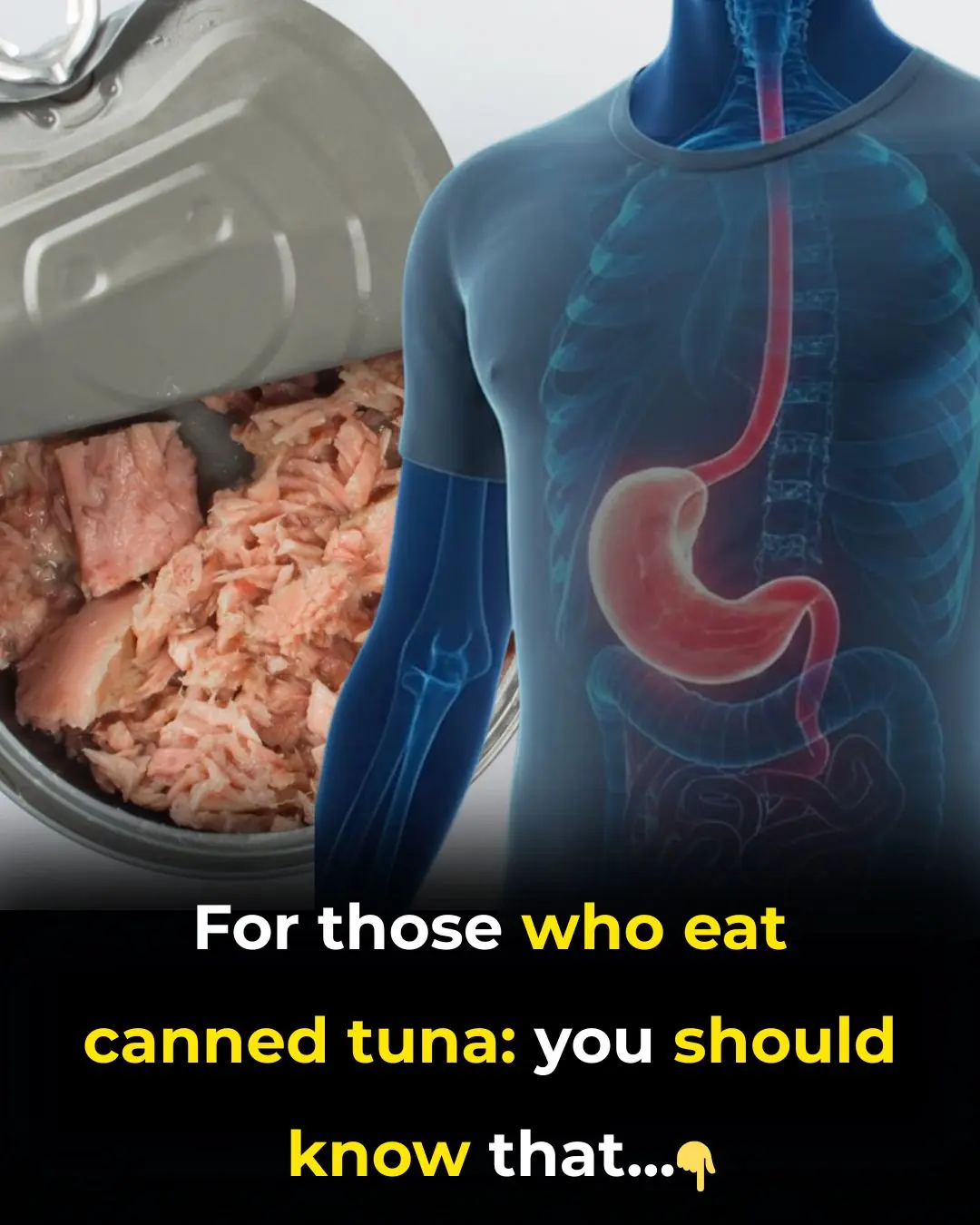
5 Common Foods That May Turn Toxic If Left Overnight
Most of us were raised with the same kitchen wisdom: if there are leftovers, put them in the fridge and reheat them tomorrow. It’s common sense — food costs money, cooking takes effort, and tossing out a perfectly good meal feels wasteful. In countless homes across America, the refrigerator is treated almost like a protective shield — a magical boundary that keeps food safe simply because it’s cold.
But the truth is more nuanced. The refrigerator is not a time-freezer. Certain foods continue to change chemically even at low temperatures, and others provide ideal conditions for bacteria to thrive, often without any visible warning. You may not see mold, smell anything off, or notice discoloration — yet the meal can still harbor harmful compounds or bacteria that your body isn’t meant to handle.
Understanding which foods should be eaten fresh and which can be safely stored isn’t about fear or paranoia. It’s about respect: respect for the biology of bacteria, the chemistry of cooked foods, and the delicate systems inside our bodies that process everything we eat.
Let’s explore the science behind these everyday foods — and how a little kitchen awareness can prevent illness long before it begins.
The Quiet Danger in Mushrooms and Wood Ear Fungus
Mushrooms are beloved for their earthy flavor, versatility, and rich nutrition. They’re high in fiber, minerals, antioxidants, and unique plant compounds that support cognitive and immune health. But mushrooms — from common button types to shiitake, oyster, or wood ear fungus — are also among the most delicate ingredients once cooked.
When mushrooms are heated, their proteins and enzymes begin breaking down almost immediately. This process accelerates oxidation, particularly if they’re left at room temperature for more than a couple of hours. In this vulnerable state, bacteria like Bacillus cereus can multiply quickly, potentially leading to foodborne illness.
Even under refrigeration, mushrooms don’t stop changing. Natural nitrates in mushrooms can slowly convert into nitrites, which — in excess — may cause nausea, digestive upset, or headaches, especially if the dish is reheated at high temperatures.
That’s why professional chefs live by a simple rule:
Cook only as much mushroom as you’ll eat in one sitting.
When it comes to mushrooms, freshness isn’t just a matter of taste — it’s a matter of chemistry and safety.
Spinach and Leafy Greens: When Nutrition Changes Shape
Leafy greens like spinach, kale, arugula, and chard are powerhouses of nutrition. They’re loaded with iron, vitamin K, antioxidants, and plant compounds that promote healthy blood flow and bone strength. But what many people don’t realize is that these greens are naturally high in nitrates, absorbed from the soil they grow in.
Once cooked, these nitrates can slowly turn into nitrites — particularly when greens are left at room temperature or reheated several times. The transformation is subtle and invisible but can alter both the taste and nutritional integrity of the food.
While these nitrites don’t make most adults sick, they can reduce oxygen transport in infants and small children, a rare but serious condition known as methemoglobinemia. Even for adults, reheated spinach loses a significant portion of its vitamin content and antioxidant value.
To stay safe:
-
Never leave cooked greens sitting out at room temperature.
-
Refrigerate immediately after cooling.
-
Eat within 24 hours and avoid multiple reheats.
Spinach is a superfood — but it’s still a living plant at heart. Treating it with care keeps its benefits intact.
Tofu, Soy Milk, and Other Soy-Based Foods
Soy-based foods like tofu, soy milk, tempeh, and soy soups are staples in vegetarian and vegan diets — rich in protein, calcium, and essential amino acids. When fresh, they’re wonderfully nutritious and easy for the body to digest. But those same qualities — high moisture and protein content — make soy products extremely sensitive to storage conditions.
If kept unrefrigerated, sealed poorly, or stored too long, soy foods can become breeding grounds for bacteria such as Clostridium botulinum, which thrives in low-oxygen environments. This bacterium causes botulism — a rare but potentially life-threatening illness that affects the nervous system and can lead to muscle paralysis or respiratory distress.
While such cases are uncommon, the risk rises when leftovers are kept too long or improperly cooled. To prevent problems:
-
Store soy products in airtight containers at or below 4°C (39°F).
-
Consume within 24 hours of cooking.
-
Avoid reheating more than once.
Soy may be plant-based, but it’s not invincible. Think of it as fresh produce, not pantry-stable protein.
Shellfish: The Ocean’s Delicacy That Turns Quickly
Shrimp, mussels, clams, oysters, and scallops are prized for their delicate sweetness — but they’re also among the fastest-spoiling foods we eat. Even when refrigerated, shellfish can develop Vibrio bacteria, which cause gastrointestinal illness marked by nausea, cramps, and fever.
Because shellfish proteins begin breaking down within hours, bacteria can multiply rapidly if leftovers sit out or are reheated more than once. The golden rule of seafood safety is simple:
If you wouldn’t eat it cold straight from the fridge, don’t reheat it.
Always store shellfish immediately after cooking and discard any leftovers after 24 hours. The ocean gives generously — but its gifts demand respect.
Soft-Boiled Eggs and the Illusion of Safety
Eggs are comforting, versatile, and packed with nutrients. Yet their safety depends entirely on how they’re cooked. Soft-boiled, poached, or sunny-side-up eggs leave parts of the yolk and white only partially cooked — and if the egg was contaminated with Salmonella, those bacteria can survive.
When such eggs are stored overnight, cooled slowly, or reheated the next day, the conditions become perfect for bacterial growth. To keep eggs safe:
-
Eat soft-boiled or runny eggs fresh.
-
Only store hard-boiled eggs for later use.
-
Reheat eggs once — and only if necessary.
Eggs nourish the body beautifully, but food safety begins with understanding what heat finishes — and what it leaves undone.
How to Handle Leftovers Safely — Without Losing Nutrition
Modern life is busy, and leftovers are often a practical necessity. The goal isn’t to stop saving food but to handle it in ways that keep both flavor and safety intact.
Follow these evidence-based storage guidelines recommended by food safety experts:
-
Refrigerate within 2 hours of cooking (1 hour if the room is warm).
-
Use airtight glass or BPA-free containers instead of loosely covered plates.
-
Set the refrigerator to 4°C (39°F) or below.
-
Consume within 24–48 hours — the sooner, the safer.
-
Reheat food only once, and only the portion you plan to eat.
These small habits protect your health long before a problem ever appears — and they help you enjoy every meal as it was meant to be: nourishing, safe, and satisfying.
Final Thought
Your refrigerator is a tool, not a time machine. Cold air slows bacterial growth but doesn’t stop the natural chemistry of food. By understanding how different ingredients behave after cooking — from mushrooms to soy, spinach to shellfish — we can eat smarter, waste less, and care better for our bodies and families.
Food safety isn’t just about rules; it’s about respect — for the food, for science, and for ourselves.
News in the same category


You're Doing It All Wrong. Here’s the Right Way to Store Leftovers (Expert-Approved Guide)

How to Open a Can in an Emergency (It’s Easier Than You Think!)

How To Detox Each Organ To Reset Your System

15 Plants That Can Grow Easily in Water — A Beautiful, Soil-Free Way to Green Your Home

Most people get this wrong and toss out the can. Here’s the right way to read ‘Best By’ or ‘Best Before’ dates

I Had No Idea! The Remarkable Story of the Stone Breaker Plant

Stop throwing out old hoses — 10 brilliant hacks to use them around the house

This Method Is So Brilliant — I Wish I’d Thought of It Sooner!

A Medical Miracle From Japan: How Stem Cells Helped a Paralyzed Man Walk Again

The Fungus That Eats Radiation — And May Help Humans Survive in Space

Doctors in the U.S. reveal how to eliminate pesticides and dirt from your fruits — just a few simple steps can protect your whole family

You’re thawing your meat the wrong way. These 4 common methods are actually breeding grounds for bacteria — and can make your whole family sick

You’re drinking the wrong thing. Here’s the “golden drink” that protects your heart — especially if you sit all day

Can a Tea Bag Really Keep Mice and Spiders Away

Why are some window bars curved at the bottom

It’s time to SAVE YOUR LIVER by cutting out these 5 everyday vegetables that can silently cause serious harm

Most folks mess this up. The right way to grow clematis on a trellis

I had no idea this tiny fabric square had such an important purpose

You’re Handling Motion Sickness All Wrong. Here Are 8 Instant Ways to Beat It Without Medicine
News Post

High-Dose Nifedipine Linked to Increased Risk of Sudden Cardiac Arrest, New Study Suggests

How the U.S. Escaped Hurricane Landfalls in 2025

Ancient Shark Fossils Unearthed in Mammoth Cave Rewrite 325 Million Years of Evolutionary History

Powerful Health Benefits of Pineapple You Should Know

How an Italian Police Lamborghini Huracán Helped Save Lives by Delivering Kidneys Across Italy

Can Spinal Screws Push Through the Skin? Understanding a Rare but Serious Post-Surgery Complication

Why the Tongue Is One of the Most Important Organs in the Human Body

What You Do First in This Scenario

The Surprising Health Benefits of Sleeping in a Cold Room

A 4-Minute, Zero-Effort Hack to Clean Grill Gunk – The Simple Trick My Nana Taught Me

High Blood Sugar Warning Signs

🥚 A Look at How Certain Boiled Egg Habits May Affect Your Heart Health

Small Steps, Big Impact: How 4,000 Steps a Day Can Transform Your Health

🌿 Clove Water Sitz Baths for Women: A Gentle Guide to Hygiene and Comfort

What Happens to Your Body When You Eat Canned Tuna Every Day

17 Warning Signs Your Liver Is Crying for Help

How to Support Your Kidneys Naturally Using 1 Teaspoon of Baking Soda

Fish oil cuts CV risk nearly in half for dialysis patients

The hidden heart danger doctors say is more common in people with diabetes
